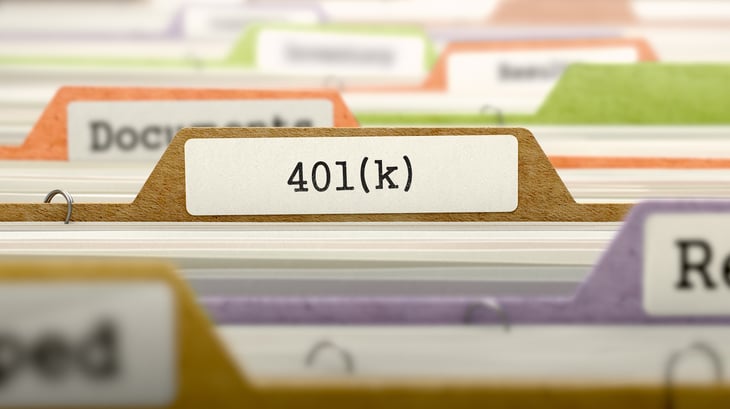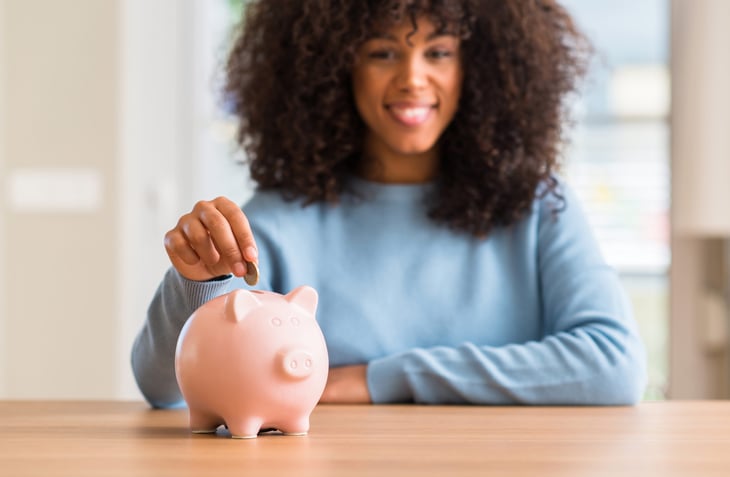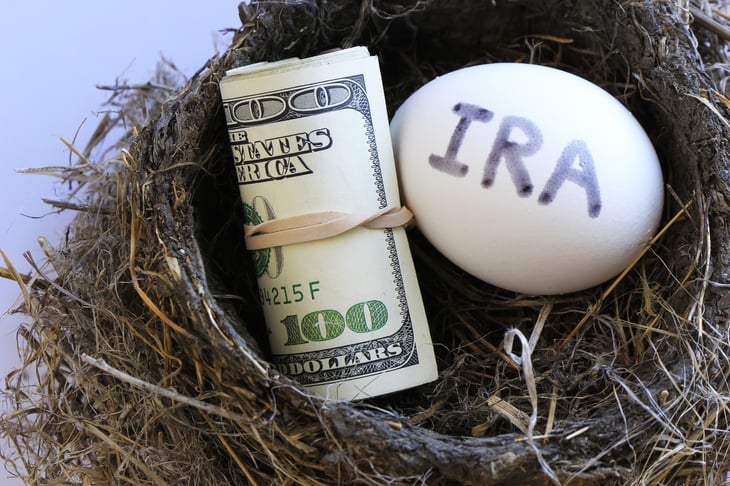
Editor's Note: This story originally appeared on Living on the Cheap.
We’ve all heard the warnings and are well aware that we should save more for retirement. It’s always a good time to take concrete steps to do just that.
Uncle Sam wants you to save for retirement so much that the federal government has created a number of tax-advantaged retirement accounts, including popular choices such as the 401(k) and individual retirement account.
For most people, especially young people, the best place to start is with the 401(k) program at work. This is a particularly enticing option if your employer matches a portion of your contribution. That’s essentially free money.
“If you’re working at a company that offers a 401(k) and they match contributions, you should really save in that plan,” says Wei-Yin Hu, vice president of financial research at Financial Engines, an independent investment advisory firm in Sunnyvale, California. “It’s a great way to get a really good head start on building your retirement savings.”
This is a good time of year to consult your accountant. High earners may also want to engage a financial planner to discuss the best strategy.
The Internal Revenue Service has its own set of complex rules for each type of retirement account. Some tax breaks are only available to people at certain income levels, so what we’re giving you here is a basic overview. Check with the IRS website or your accountant for details.
All these accounts allow your money to grow tax-free. You pay tax when you withdraw the money, except for Roth IRAs, where no tax is due at withdrawal. If you withdraw money before you reach age 59 1/2, in most cases you will have to pay a 10% penalty in addition to regular income tax.
Here are several types of retirement savings accounts to consider.
1. 401(k) or 403(b) offered by your employer

For most people, this is the easiest and best place to start investing for retirement. The money is withheld through payroll deduction, and you can save up to a set amount of your pretax income. (The “catchup amount” is higher if you are 50 or older).
If you leave your job, you can roll the account over into a new employer’s 401(k) or your own IRA. A 401(k) is usually offered by a for-profit company, while teachers and other employees of nonprofits may be offered a 403(b) instead.
2. Solo 401(k)

A sole proprietor can set up an individual 401(k) and make contributions as both the employee and employer.
3. SEP IRA

SEP stands for simplified employee pension, and this kind of account is used primarily by the self-employed or small-business owners.
These accounts are easier to set up than a solo 401(k). If the business has employees, the employer must contribute for all who meet certain requirements.
4. Simple IRA

This plan allows small employers (fewer than 100 employees) to set up IRAs with less paperwork. Employers must either match employee contributions or make unmatched contributions.
5. IRA

Anyone can contribute to an IRA, and the money grows tax-free. The rules surrounding IRA contributions change almost every year, so check the IRS website for the most current information about contribution limits.
6. Roth IRA

With a Roth IRA, you are contributing after-tax dollars, and you get no tax deduction for your contribution. The money you earn grows tax-free, and you pay no tax on withdrawals after you reach 59 1/2.
Plus, unlike with regular IRAs, there is no mandatory withdrawal starting in the year you turn 72, but you can withdraw the amount you contributed (but not your earnings) at any time with no penalty or no taxes due, which is not the case with traditional IRAs.
7. Health savings account

Those with certain high-deductible health insurance plans can save money tax-free in an HSA. You can withdraw money from your account to pay allowable medical expenses, including copays and items such as eyeglasses.
If you don’t spend the money, it rolls over indefinitely. Once you’re 65, you can withdraw money for any reason without penalty, but you have to pay income taxes on the money you withdraw. Or, you can use it for retiree medical expenses tax-free.
If you withdraw the money before you’re 65 for any reason besides medical expenses, you have to pay taxes and a 20% penalty.
But as long as you save your receipts, you can withdraw money to reimburse yourself for expenses you paid years ago. If you don’t need the money for medical expenses, you can invest it as you would other retirement savings.





Add a Comment
Our Policy: We welcome relevant and respectful comments in order to foster healthy and informative discussions. All other comments may be removed. Comments with links are automatically held for moderation.